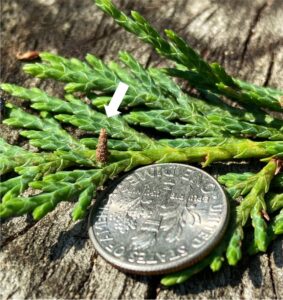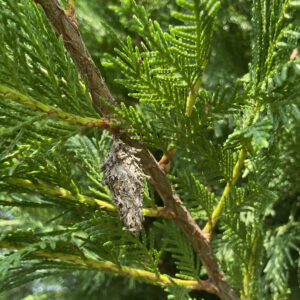There is a potential for boxwood blight infections this WEDNESDAY and THURSDAY throughout much of NJ – especially central regions. Thursday’s high temperatures coupled with prolonged periods of leaf wetness overnight will contribute to the spread of boxwood blight infections.
If BWB is important to your business – Use the USPEST – PUSH Alerts – (click here) – to setup weekly email alerts. Create an account, watch the tutorial, and then set up your subscriptions. You select which locations (as many as you like), days you want to receive emails (pick Sunday/Monday), and what you would like to receive alerts about (BWB and a variety of other pests and diseases). Rutgers is not directly affiliated, however this is an incredible tool.
-
It is time to begin protective fungicide applications in high value areas if you have not already done so!
- Protective fungicide applications should remain in effect or be initiated immediately for Boxwood Blight in “Infection risk or High Risk areas”.
- If your area is not listed (throughout all of NJ please visit the USPEST.ORG Boxwood Blight Risk Model – CLICK HERE TO CHECK YOUR LOCAL PREDICTIONS
Boxwood Blight risk-model information, considerations, and links:
| Boxwood Blight Risk Assessment as of 4/4/2022 | ||||||||
| Region | Location | CODE | 3-Apr | 4-Apr | 5-Apr | 6-Apr | 7-Apr | 8-Apr |
| Southern | Upper Deerfield | NJ50 | Very Low | Low | Minor Risk | Very Low | Very Low | Very Low |
| Central | Howell / Freehold | NJ10 | Very Low | Low | Minor Risk | Very High | Very Low | Very Low |
| Northern | High Point | NJ59 | Very Low | Very Low | Low | High Risk | Very Low | Very Low |
| Monday | Tuesday | Wednesday | Thursday | Friday | Saturday | |||
| Please check YOUR LOCAL risk (click here) | ||||||||
 .
. 
